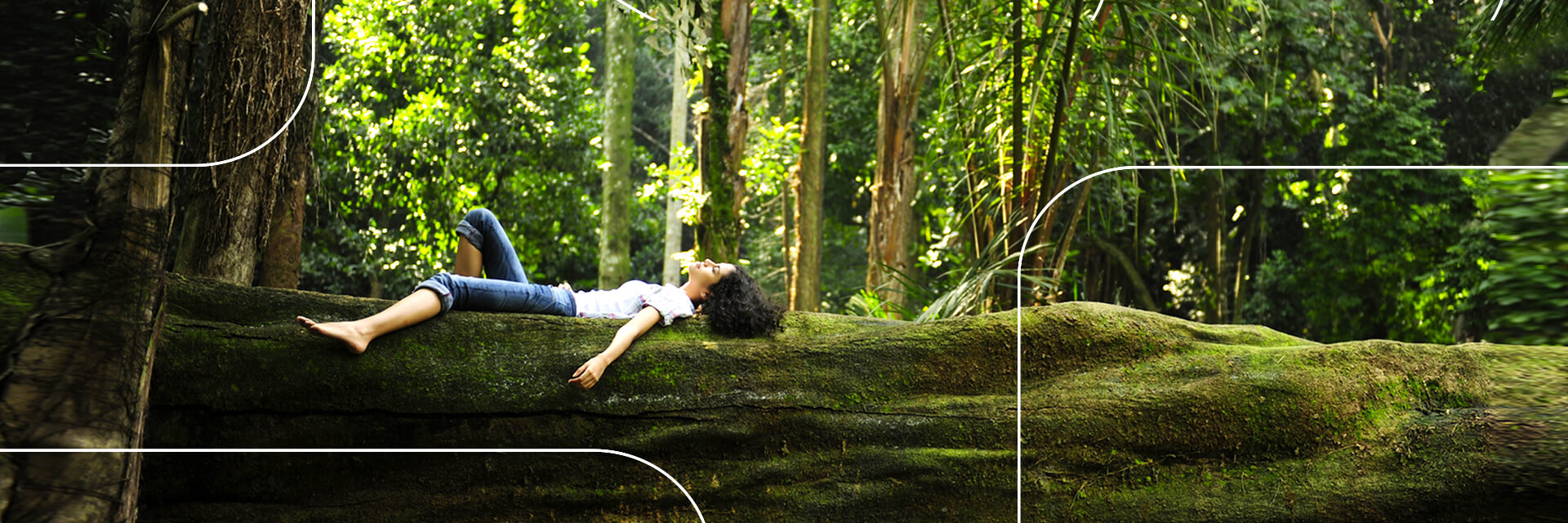The beauty industry is undergoing a profound transformation, stretching beyond traditional boundaries and redefining its role in consumers’ lives. The beauty category is no longer just about enhancing physical features; it has become a multidimensional concept encompassing self-expression, personal care, mental health, personal value systems, and more. In this article, we explore the changing dynamics of beauty and the resulting implications on strategic decision-making through three key themes: beauty and its relationship with identity, the horizontal expansion of the sector, and the impact of this expansion and digital marketing on consumer trust.
Beauty as a Multidimensional Representation of Identity
The beauty industry and its practitioners are serving as more than just enhancers of physical features, but as tools of self-expression, guides for character-building, and coaches through life’s challenges. Brands are evolving to help consumers embrace race, ethnicity, sexuality, eccentricity, flaws, and individuality with their products.
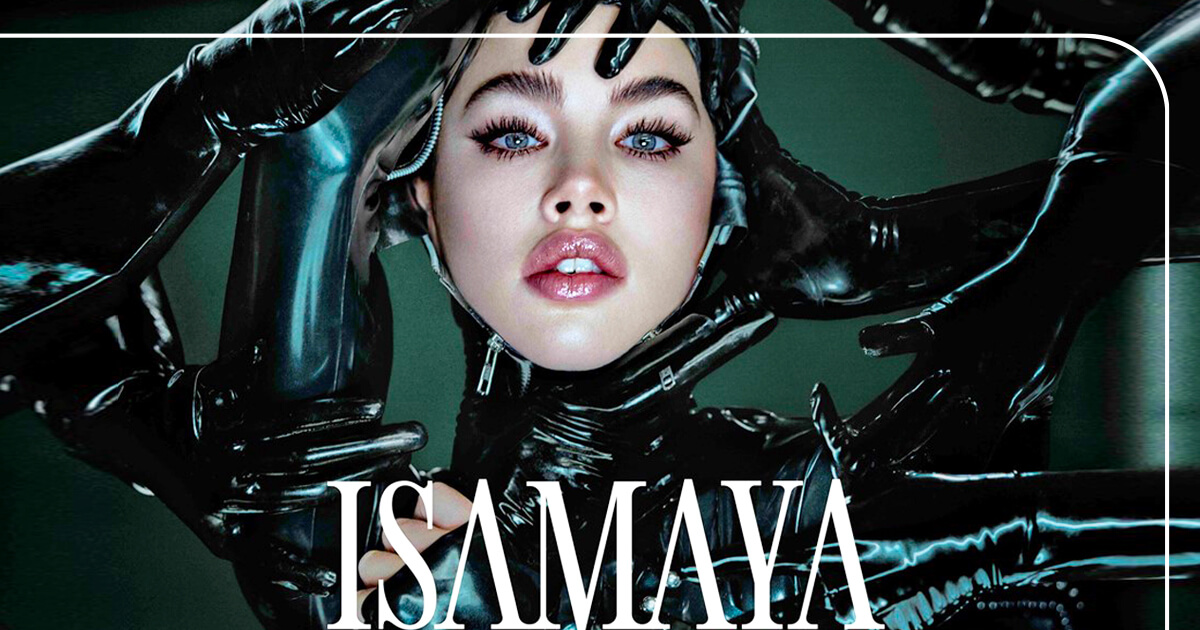
While some brands like Beauty Bakerie and Fenty Beauty have embraced racial inclusion, challenging industry norms and setting new standards for diversity, others are challenging norms by creating a platform for eccentricity and self-expression. Influential figures like Isamaya Ffrench, for instance, have reframed makeup as a tool for exploring identity and creating alter-egos. Ffrench’s eponymous makeup line channels distinct identities, from a hardcore aesthetic to expressions of sexuality and freedom — consumers of this brand make bold statements by using these products as a token of their individuality.
Brands are also deepening the emotional relationship between products and users in an effort to elevate the consumer experience. For instance, scent, as exemplified by Byredo, is being used as a personal and evocative emotional tool — Byredo’s fragrances tell stories and explore personal memories and emotional connections.
Furthermore, trends of hyperrealism and tearing town beauty standards remain at the forefront, as brands like Glossier continue to champion individuality by emphasizing natural beauty over a flawless aesthetic, celebrating “flaws” and pushing the agenda of consumers being unapologetically themselves.
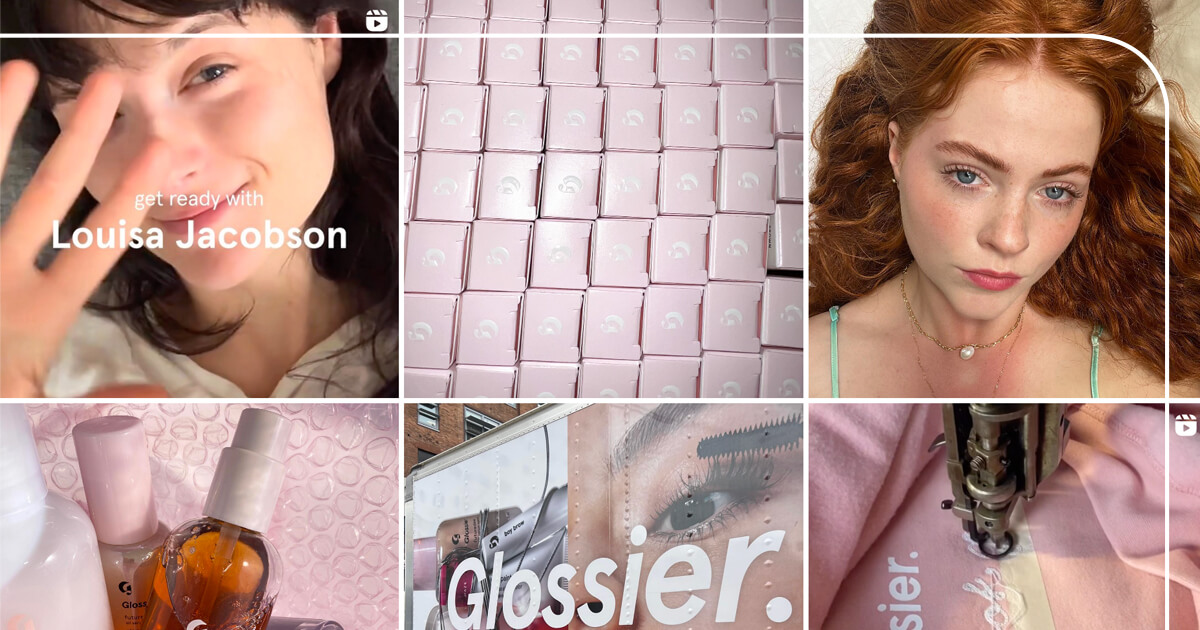
However, while identity is important, brands must navigate the tension between fixation and fluidity. For instance, there is a rising demand for educational sources on haircare for children from different races and ethnic backgrounds, with a strong need on emphasising the role of identity to do so. There is also a rising demand for fluidity in including older consumers in product marketing, without singling them out or excluding older consumers from generalist products. Brands must tread a balance of including underserved audiences without siloing them, catering to diverse demographics and challenging societal norms of beauty.
Stretching Beyond the Category
Beauty has expanded its influence beyond the beauty industry itself, seeping into health and well-being, lifestyle, art, and science. Marketers can learn from the changing dynamics and horizontal crossover of beauty, and leverage it to form self-sustaining and expanding ecosystems.
We are witnessing a submergence of beauty, identity, mental health, and physical health, as brands are being pressured to represent their grand purpose within their messaging as well as within their business models. Topicals, a Gen-Z skincare brand, advocates for chronic skincare conditions and mental health and wellbeing, with a greater purpose of creating bespoke products for any and all skin types. Lady Gaga’s Haus Labs merges self-expression and experimentation with high-performance products, and serves charitable initiatives to promote a kinder world at the core of its business model.
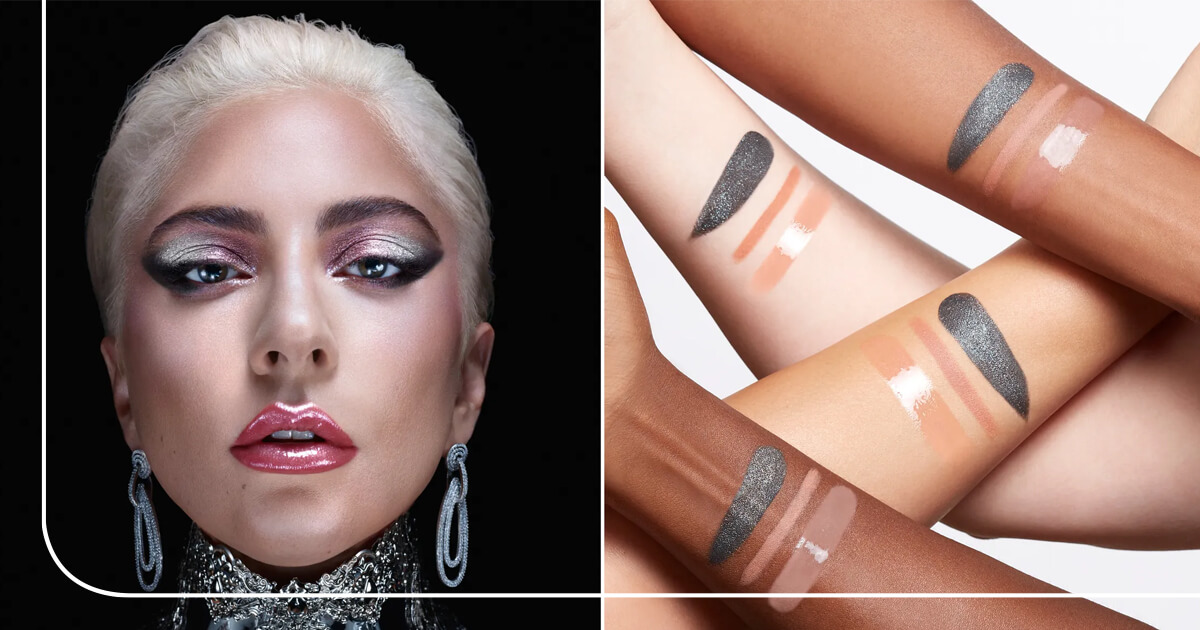
Holistic health and wellness-enhancing beauty products are additionally top of mind, as beauty is now seen as a form of personal care for the mind, body, and soul, one that starts externally and spreads internally, or vice versa. Brands like Hinoki incorporate natural ingredients like cypress to create relaxing, forest-inspired scents, aligning with the Japanese practice of forest bathing. Agriculture and biotechnology sectors are also leaving their mark, driving sustainability and innovation in beauty product development.
Brands have an opportunity to monetize these cross-category strategies to tap into new ecosystems and reach diverse audiences, fostering curiosity and emotional connections beyond traditional beauty boundaries.
Navigating Trust in the Expanding Beauty Landscape
With the declining definition of the parameters of the industry and expansion of the role of beauty to many facets of consumers’ lives, it has become increasingly challenging for both consumers and brands to dictate who to trust. People are struggling to determine who to include in their ecosystems, who is leading change, and who is a reliable source.
Consumers are seeking affordability, bespoke products, transparency, and supply-chain sustainability. We can see this through the rise of fads such as “drugstore makeup”, and the push for embedding education within the customer experience, as with Higher Education makeup and the Ordinary.
We are also witnessing a democratization of beauty that has brought forth platforms like Crème De Toi, where cosmetics companies collaborate with their super fans to co-create new product ideas. Higher Education Skincare educates consumers about ingredients and provides professional tips, fostering transparency and knowledge.
Consumers have high and firm expectations to review endorsements from wellness practitioners, dermatologists, and other authoritative sources. Authenticity and science-driven efficacy are paramount. Custom experiences, like Charlotte Tilbury’s “Magic Makeup Try On,” empower consumers to explore products tailored to their individual needs.
Brands have an opportunity to innovate in their communications to demonstrate trust — they can create platforms for regular communication and feedback loops, enhance their product marketing with a dedication to educating consumers, form partnerships within a wider ecosystem to validate products with scientific and expert backing, and more.
Strike the Balance with Vivaldi
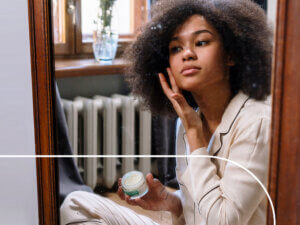 In an industry with functional product buyers and passionate brand believers, businesses must strike a delicate balance between brand and product marketing. Brands must hold impactful value systems and consider individual needs to foster consumer loyalty. However, consumers diversify the number of brands they use, seeking tailored solutions for their unique hair and skin types.
In an industry with functional product buyers and passionate brand believers, businesses must strike a delicate balance between brand and product marketing. Brands must hold impactful value systems and consider individual needs to foster consumer loyalty. However, consumers diversify the number of brands they use, seeking tailored solutions for their unique hair and skin types.
Three elements drive brand vs product marketing strategies: deeply understanding consumers’ identities, leveraging the ecosystem around the brand, and ensuring authenticity and transparency in product communication.
